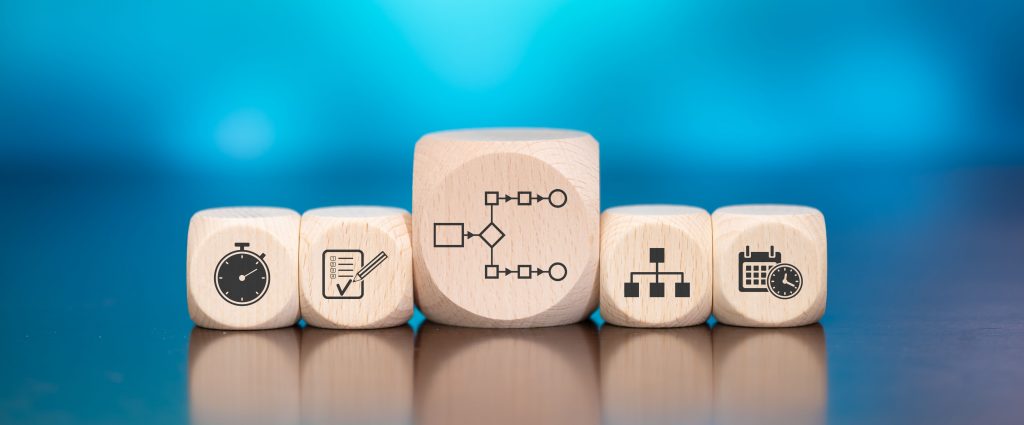„If you had to identify, in one word, the reason why the human race has not achieved, and never will achieve, its full potential, that word would be – „meetings.“
Dave Barry
Although the author of the quote from the beginning of this text is a columnist who most often writes humorous texts, it is easy to agree that meetings are really not an effective way of running a business… if they are not done properly.
Here are some tips that have proven to be the key to running sessions and meetings effectively. You may already be applying some tips, but check which ones you could use to complete your practice and achieve even greater efficiency.
Set the agenda
The agenda of each session or meeting consists of a series of items (eg. procurement of new machinery) and sub-items (eg. budget for the procurement of new machinery).
In preparation for the meeting, be sure to define:
- the title of the agenda item,
- rapporteur for each item on the agenda,
- status of the agenda item (eg. proposed, approved, adopted, not adopted, postponed),
- all of the above mentioned and for agenda sub-items.
Prepare all materials
With each item and sub-item it is good to have prepared documents, pictures, videos or a presentation. These materials help participants to follow the meetings more actively (which often take a very long time) and make decisions more easily.
Keep minutes of the agenda
During the meeting/session, all participants present their agenda items and comment on them at the same time. At the end of the discussion on each item, the participants make a decision by voting.
Divide tasks and the minutes immediately
As soon as the session is over, deliver all materials (documents, pictures, videos, presentations), including detailed session minutes, simultaneously to all participants in the session.
Remember to disable the editing of materials and session minutes to prevent information from being altered.
Simultaneously with the conclusion of the session, it is ideal to immediately distribute the tasks to the participants. Although tasks were agreed at the session and are entered within the minutes, it is good to exclude these tasks and send them separately to each participant.






